October 29, 2025
Data Shows Endangered Palau Ground Doves Swiftly Recovering After Successful Palauan Island Conservation Effort
Astounding evidence of recovery on Ulong Island in Palau after just one year!
Published on
July 5, 2018
Written by
Emily Heber
Photo credit
Emily Heber
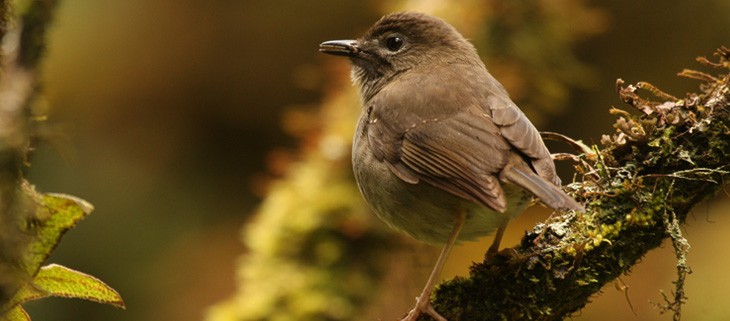
Kauai’s forests were once filled with a diverse group of native birds that served as important seed dispersers and were vital to the health of the ecosystem. Today, there is only one species that fills this important ecological niche – the Puaiohi. The Puaiohi, also known as the Small Kauai Thrush has a wild population of fewer than 500 individuals and is listed as Critically Endangered by the International Union for the Conservation of Nature.
Conservationists have been working for years to try and identify ways to not only protect the species but revitalize the population. Historically there were six species of endemic Kauai Forest Birds meaning they were found nowhere else, but now there is only one remaining species. As is the case for many island birds, Puaiohi are susceptible to predation by invasive predators such as rats and feral cats. The population has also suffered due to the introduction of Avian Malaria which has further restricted the population to high elevation forest where mosquitos carrying the disease cannot survive.
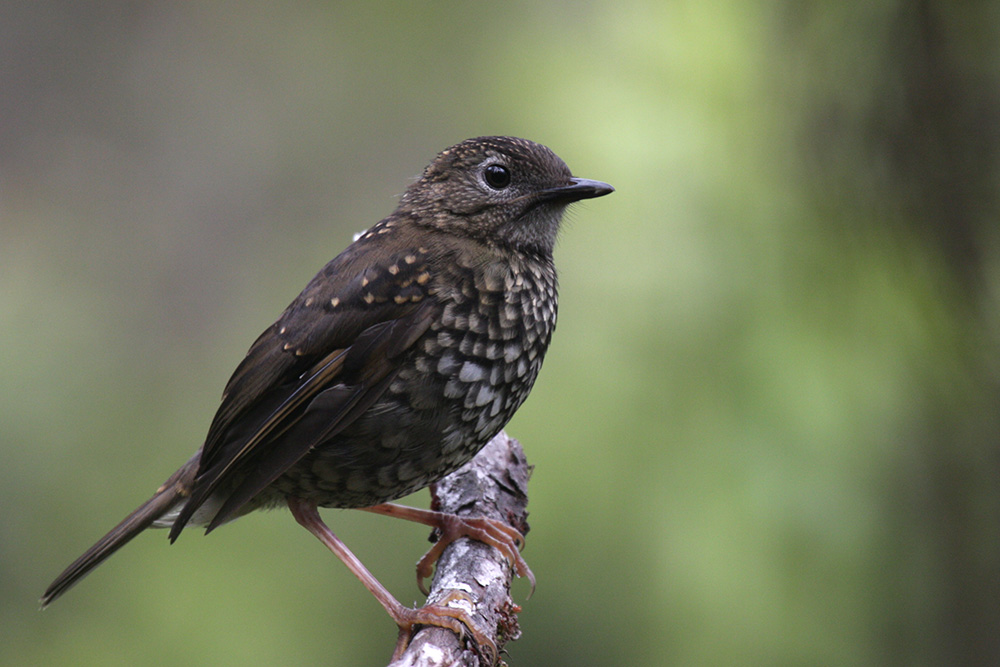
A new study conducted by researchers at the University of Hawaiʻi at Mānoa and the Kauaʻi Forest Bird Recovery Project (KFBRP) analyzed the impacts of different conservation efforts to best inform the practices that could help protect the Puaiohi. The research found that by implementing rat control techniques, conservationists could help protect juveniles and female Puaiohi which appear to be the most susceptible population groups to predation by invasive rats. The study also found that combining invasive rat control with other management techniques such as building nest boxes and supplemental food there is hope for the Puaiohi population. Dr. Jean Fantle-Lepczyk from the University of Hawaiʻi at Mānoa explained:
This study shows that practical, attainable management activities can increase Puaiohi numbers and prevent the extinction of this unique endemic species. Because many of the issues facing Puaiohi are the same as those faced by the other Hawaiian forest birds, the recommended management activities could have a substantial and valuable positive impact on the other remaining endemic birds of the Alaka‘i.”
The recommendation to move forward with invasive rat management will hopefully provide native Piaiohi with enough protection to help the population thrive. Ultimately management without removal will be a continuous process, but conservationists are hopeful that it can make a drastic impact to help save the species moving forward.
Featured photo: Puaiohi are the only remaining forest birds in Kauai. Credit: Lucas Behnke
Source: Hawaii Governor – Building a Hawai’i for Our Children
Check out other journal entries we think you might be interested in.

October 29, 2025
Astounding evidence of recovery on Ulong Island in Palau after just one year!
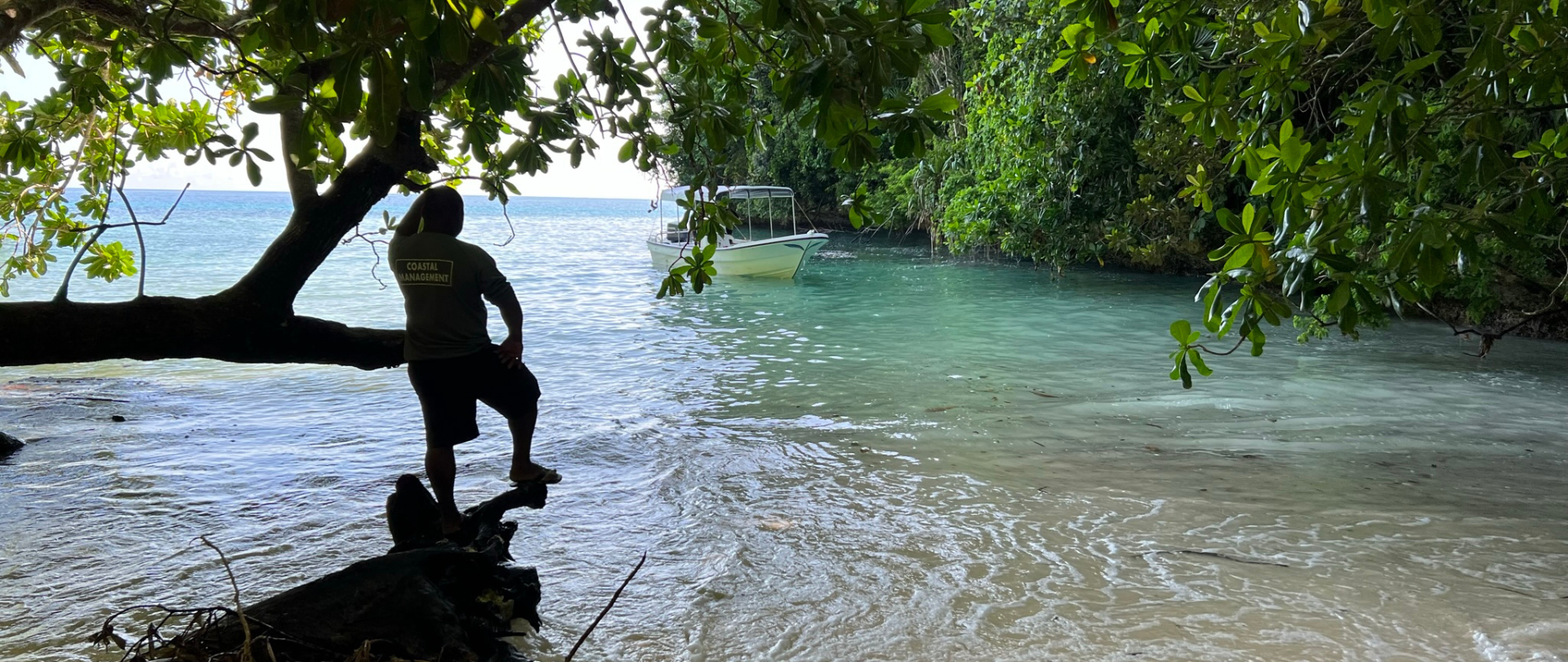
May 19, 2025
Read our position paper on The 3rd United Nations Ocean Conference (UNOC 3) to see why we're attending and what we aim to accomplish!
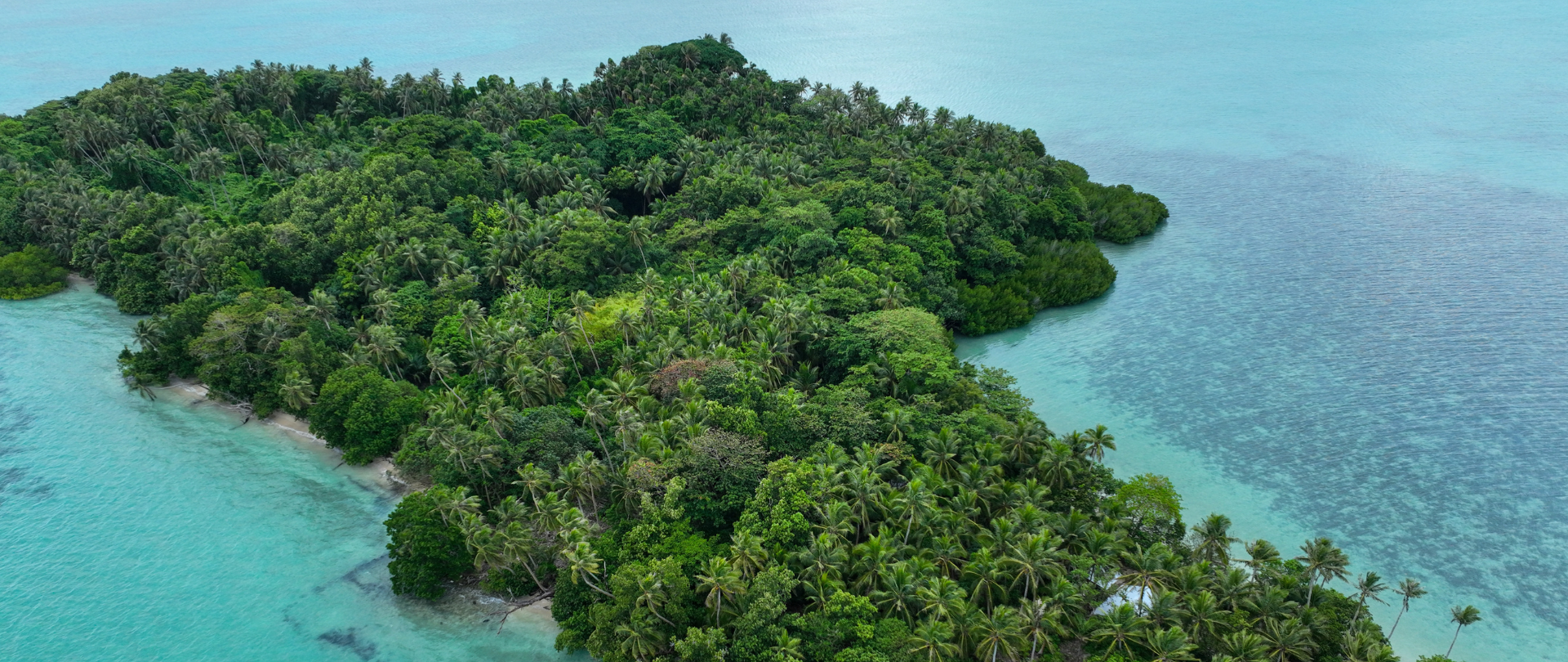
December 4, 2024
Ann Singeo, founder of our partner organization the Ebiil Society, shares her vision for a thriving Palau and a flourishing world of indigenous science!
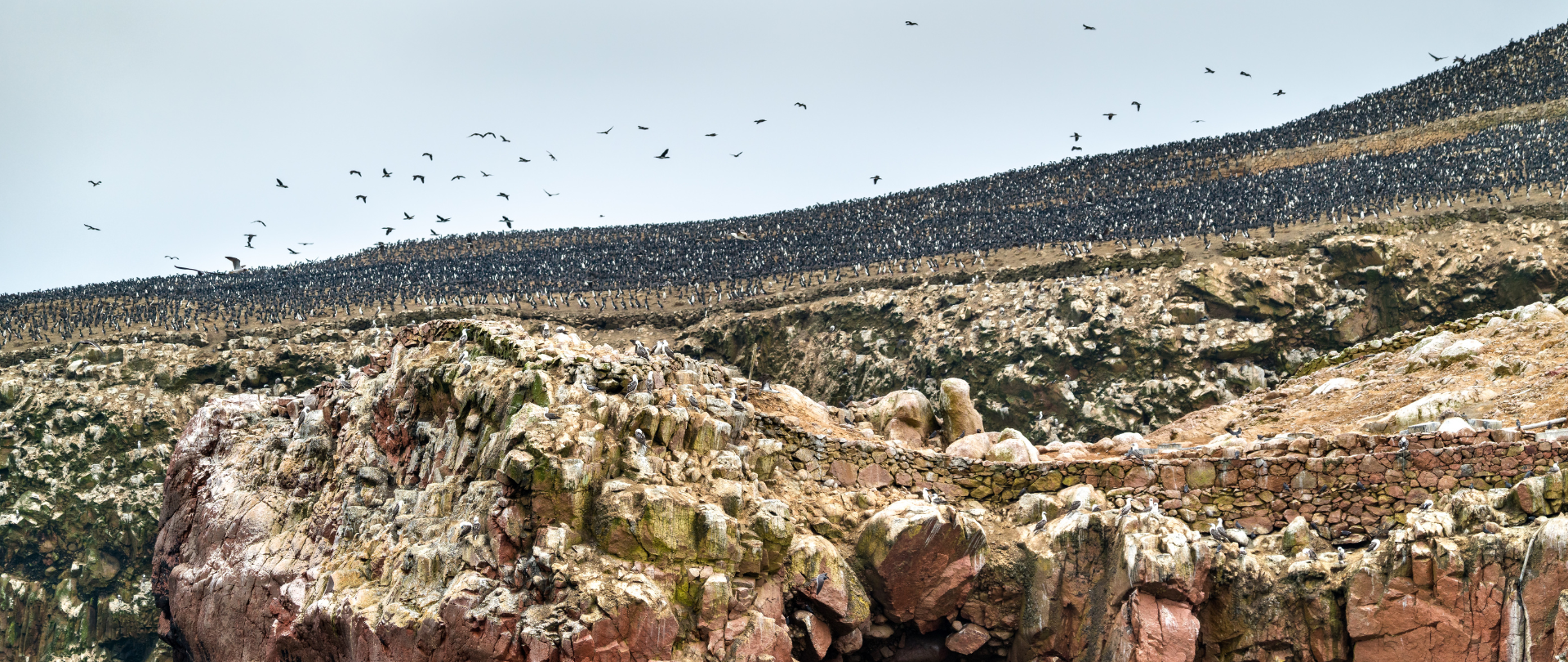
November 22, 2024
This historic agreement aims to protect the marine and coastal areas of the Southeast Pacific.
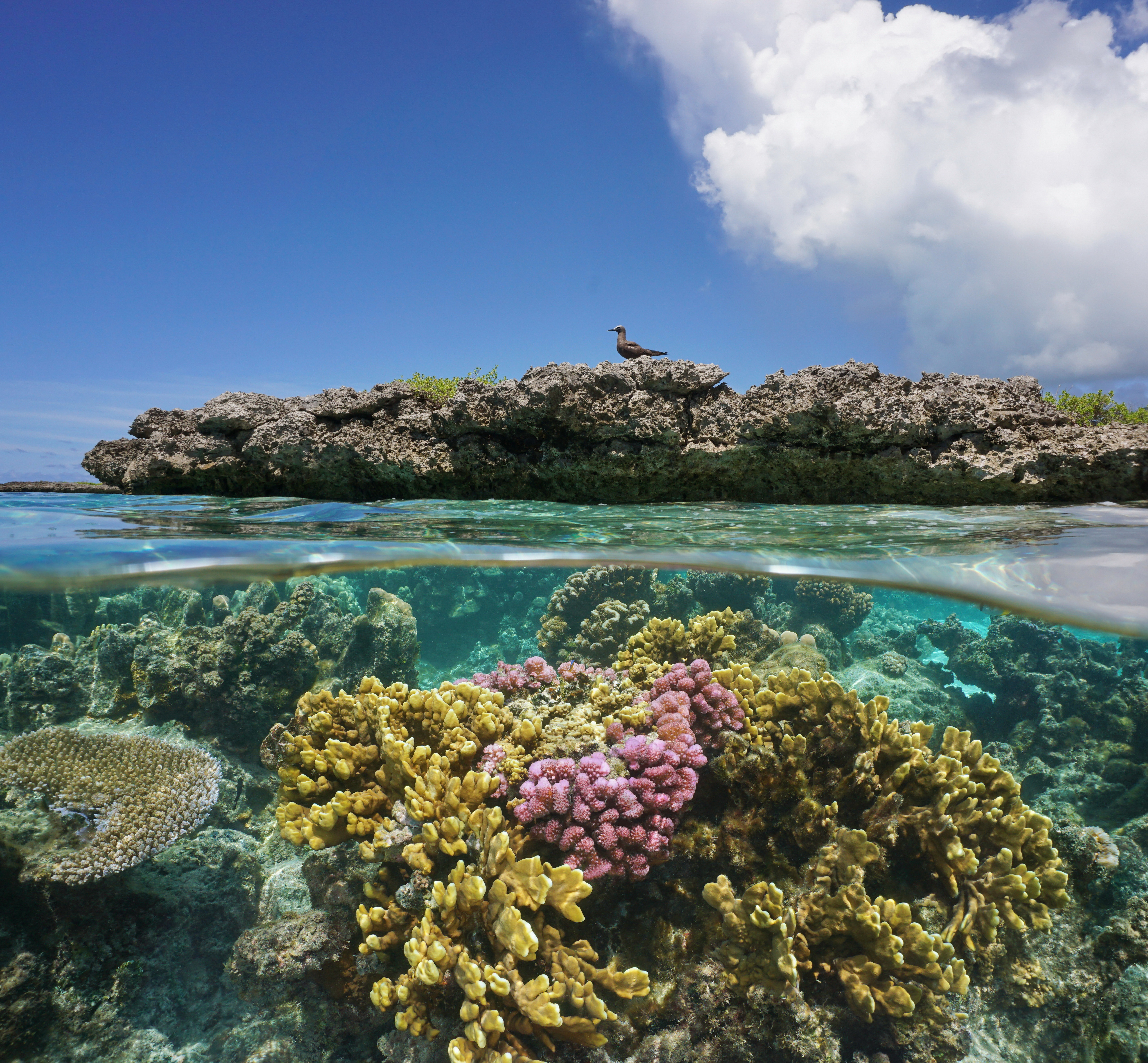
November 18, 2024
Our projects to restore key islets in Nukufetau Atoll forecast climate resilience and community benefits in Tuvalu!

October 3, 2024
Island Conservation and partners have published a new paper quantifying ecosystem resilience on restored islands!
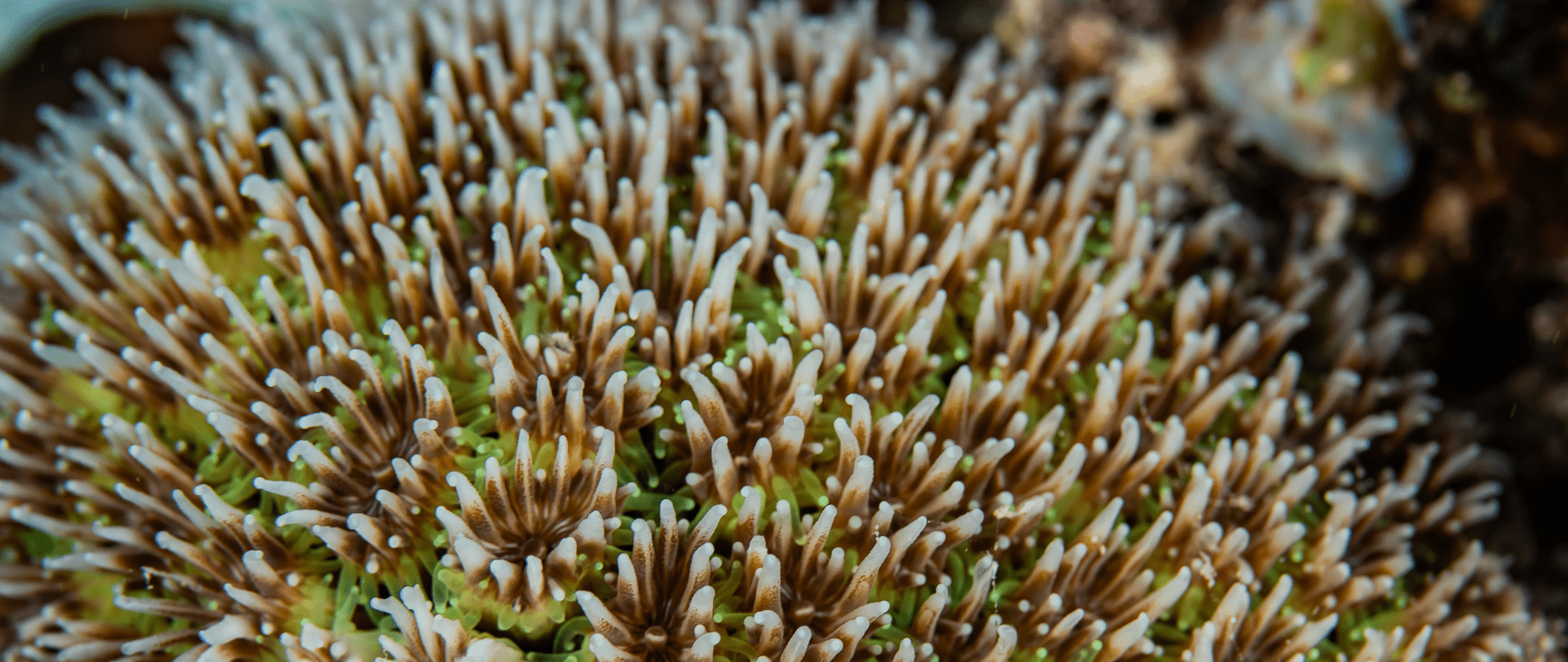
September 10, 2024
Climate Week NYC: what is it and why is it important? Read on to find out why Island Conservation is attending this amazing event!
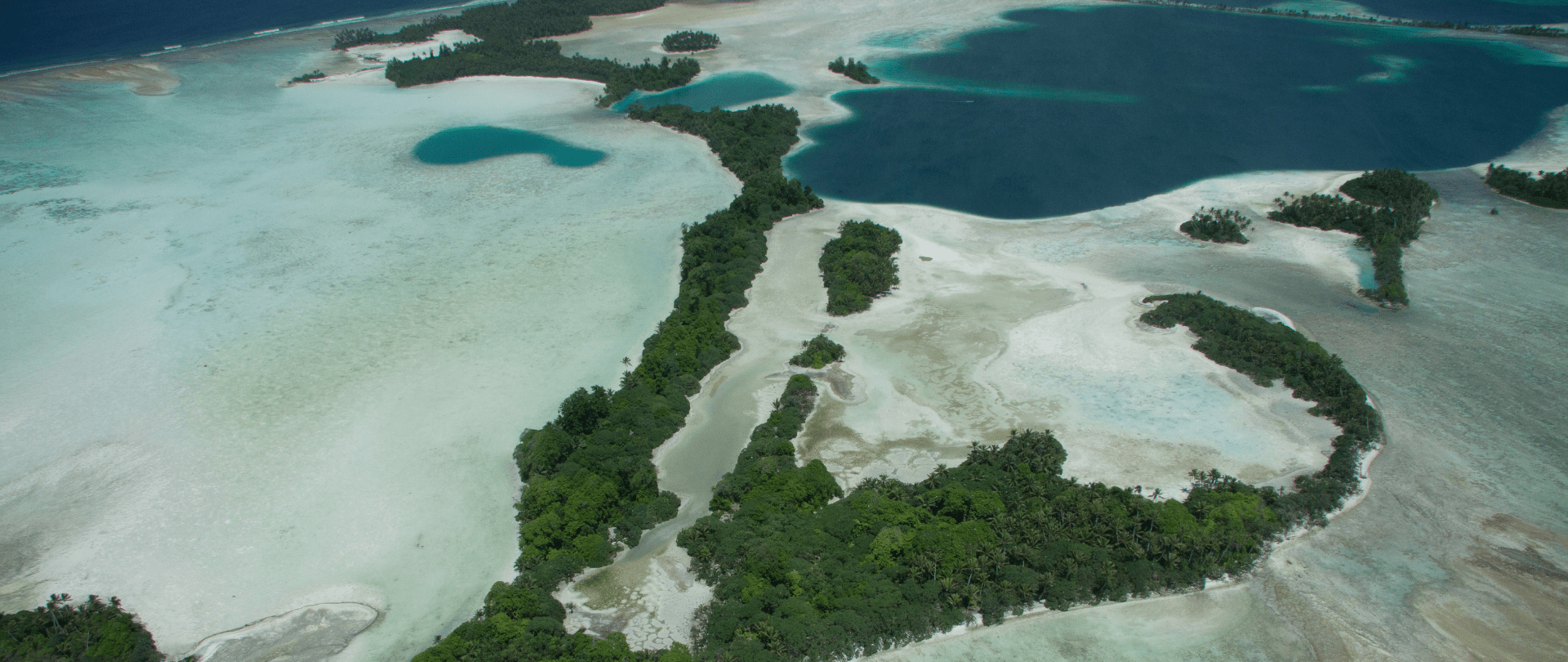
September 5, 2024
With sea levels on the rise, how are the coastlines of islands transforming? Read on to find out how dynamic islands really are!

December 14, 2023
Join us in celebrating the most amazing sights from around the world by checking out these fantastic conservation photos!
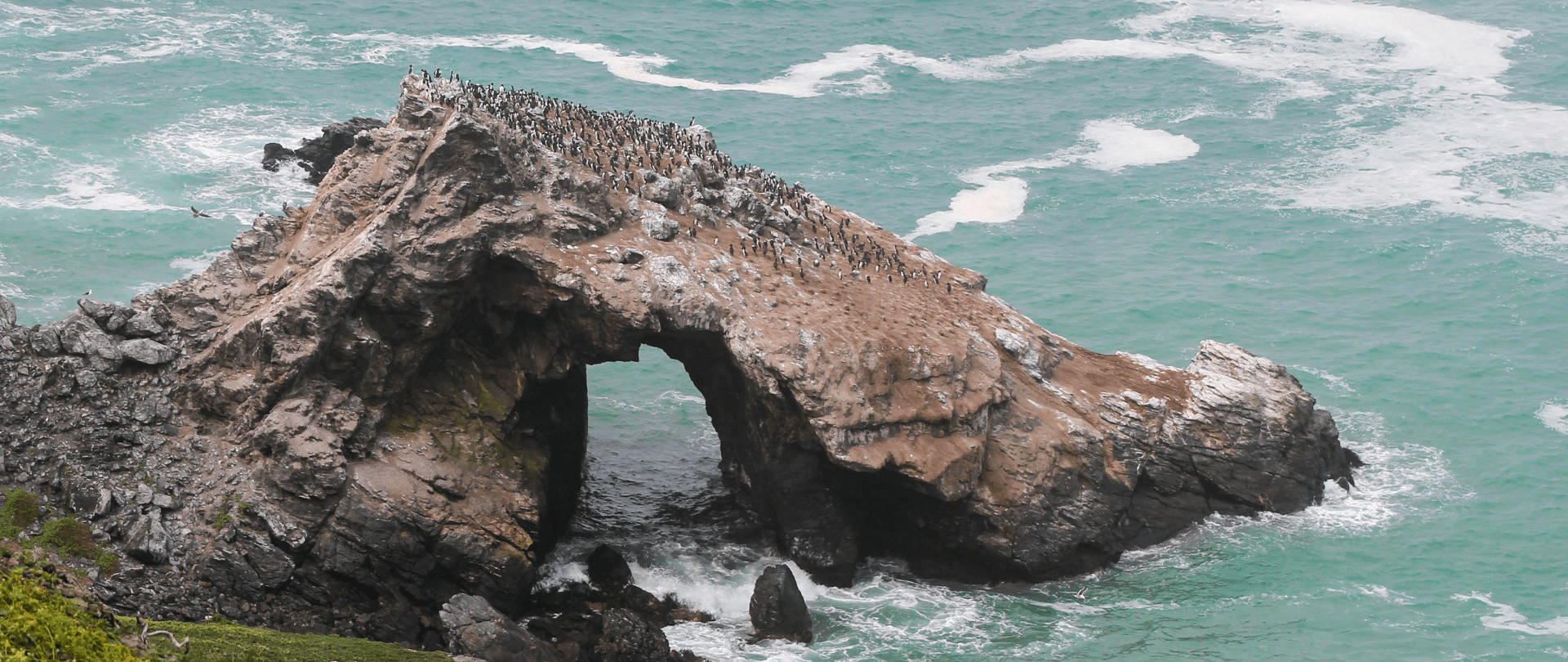
November 28, 2023
Rare will support the effort to restore island-ocean ecosystems by engaging the Coastal 500 network of local leaders in safeguarding biodiversity (Arlington, VA, USA) Today, international conservation organization Rare announced it has joined the Island-Ocean Connection Challenge (IOCC), a global effort to…